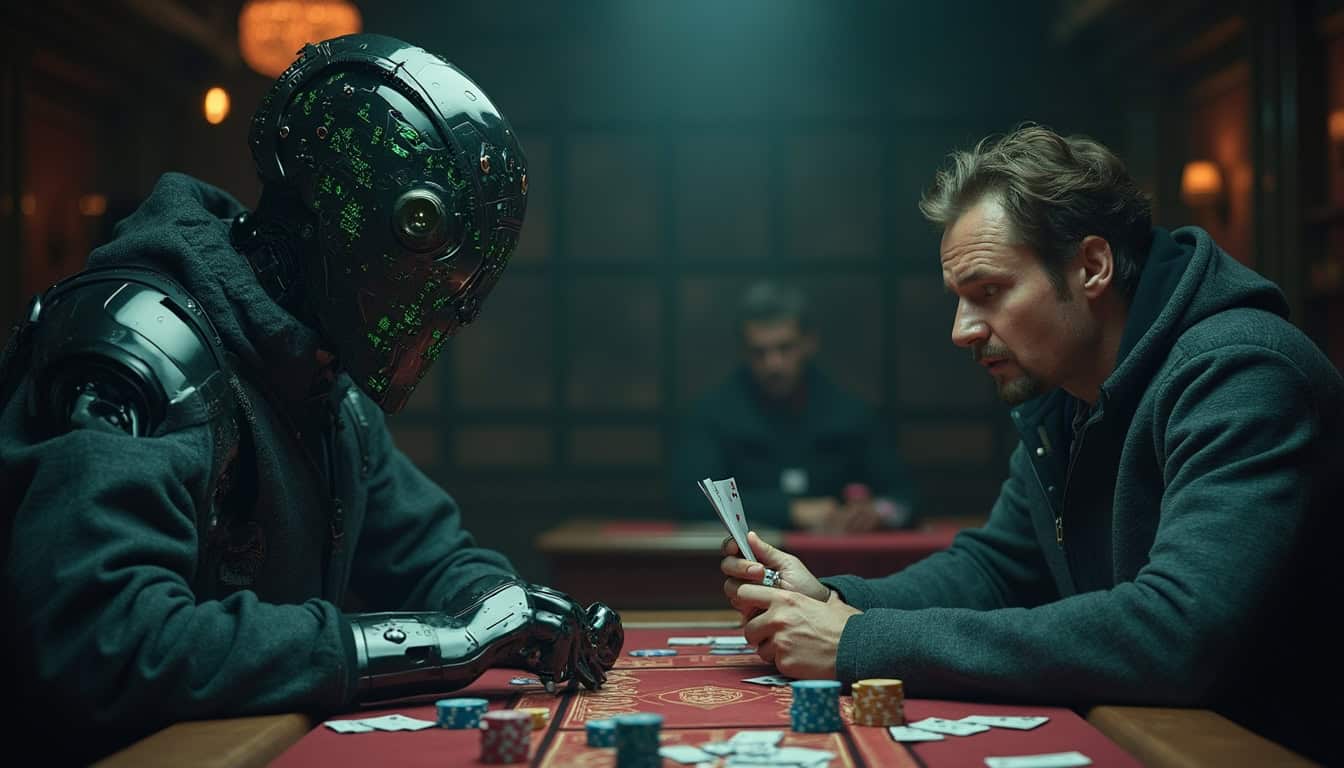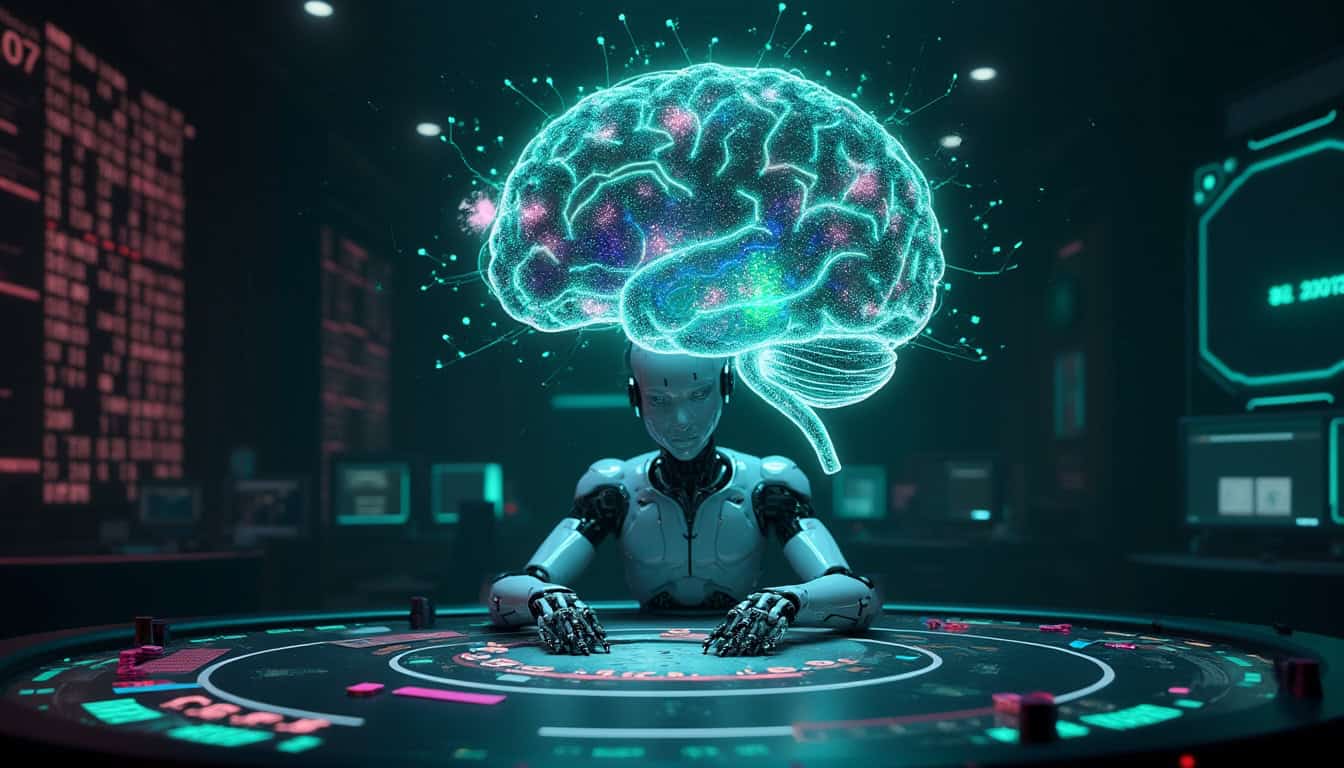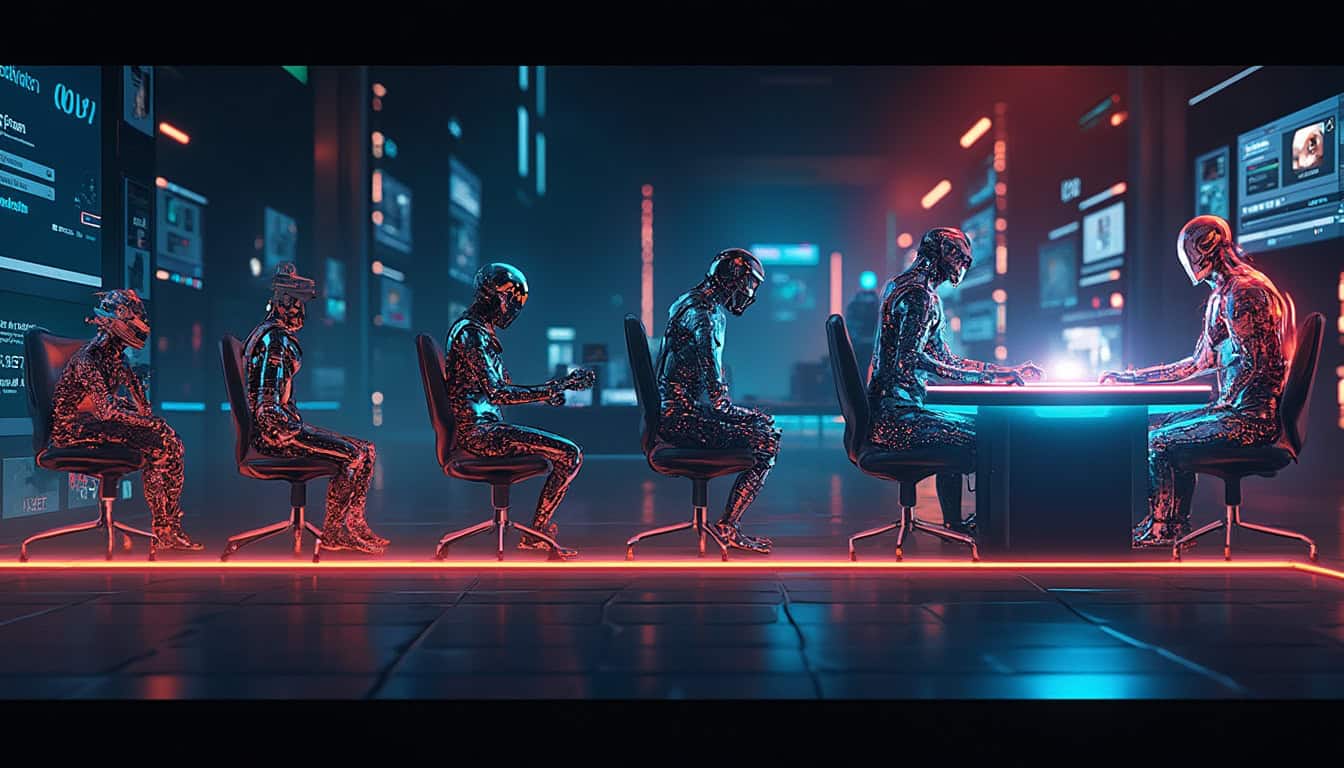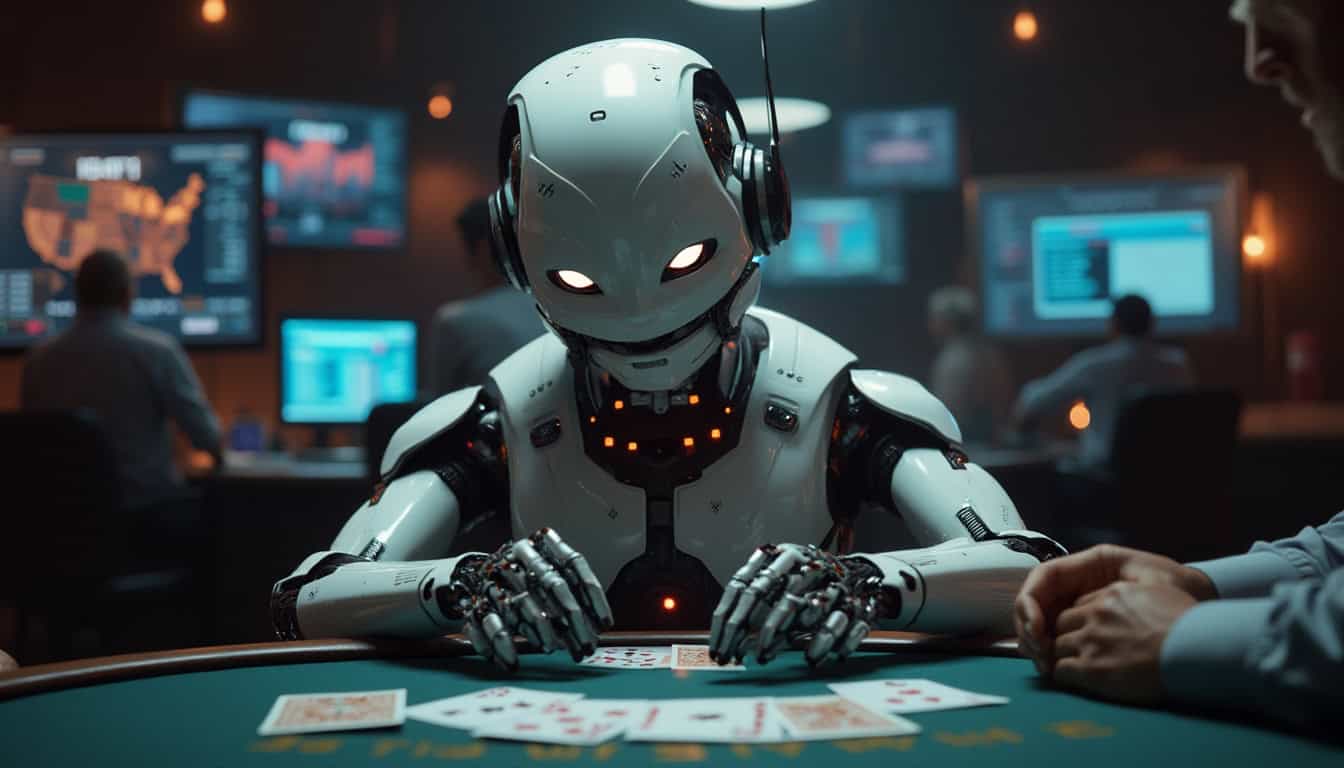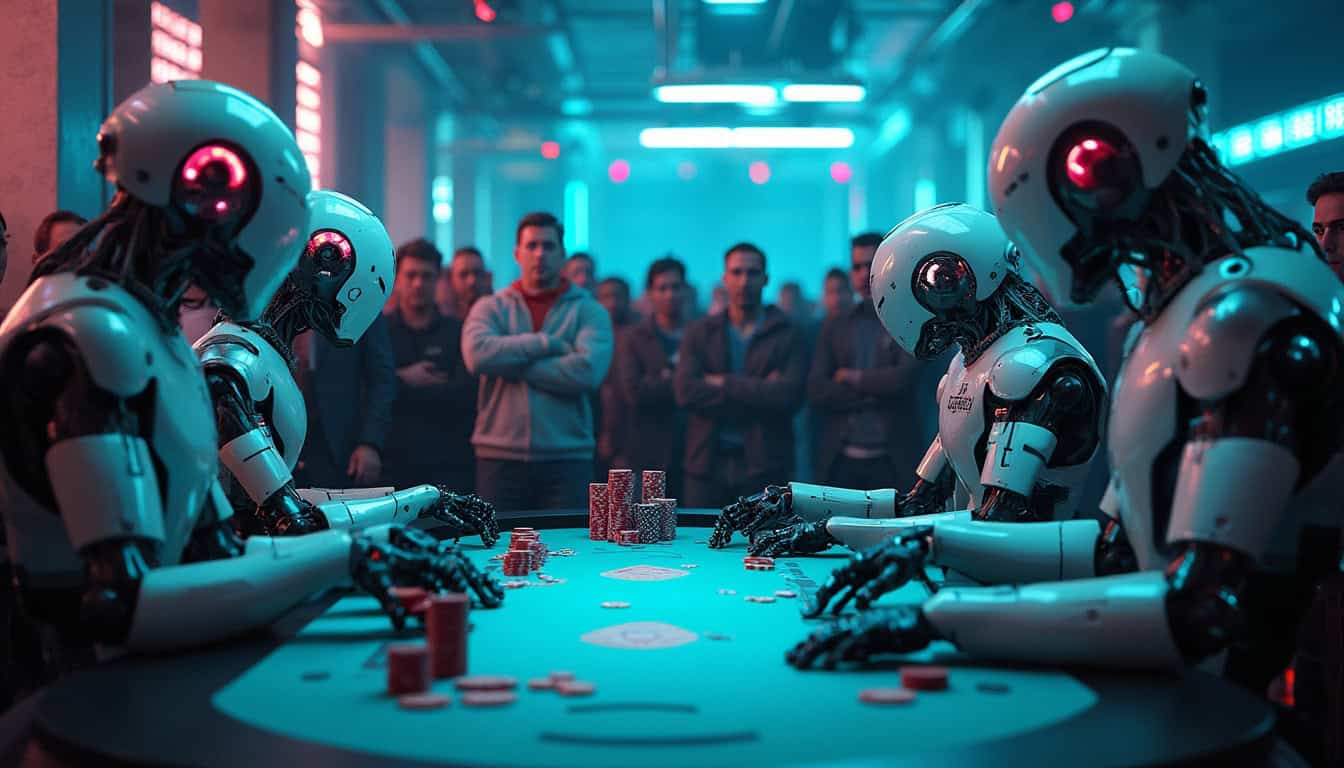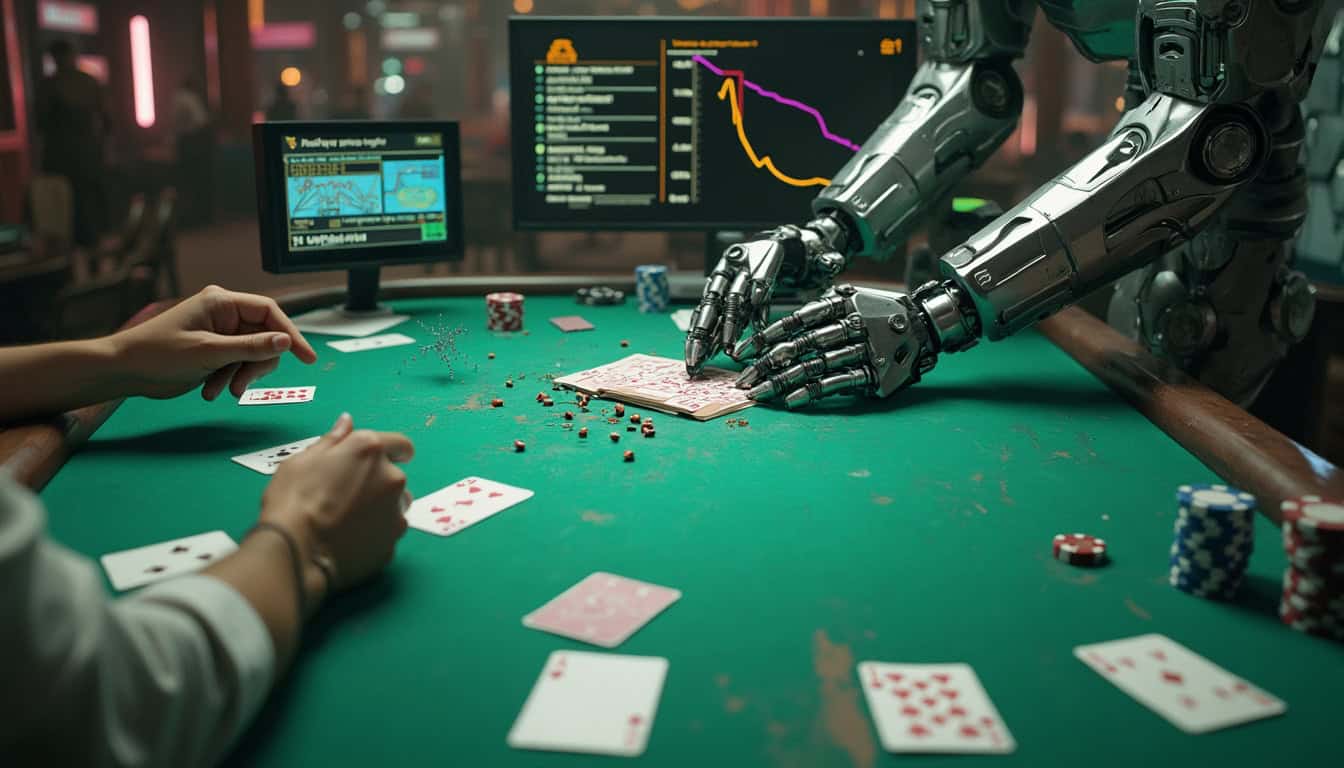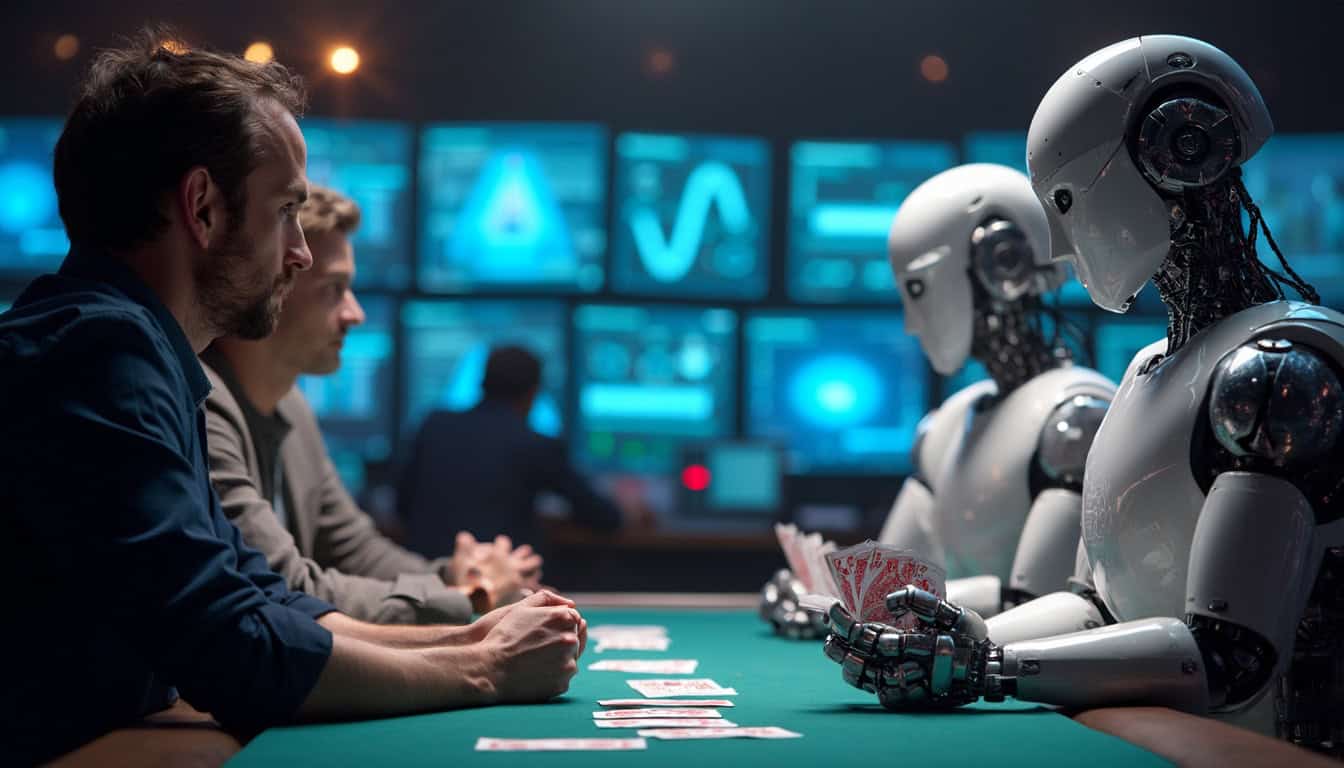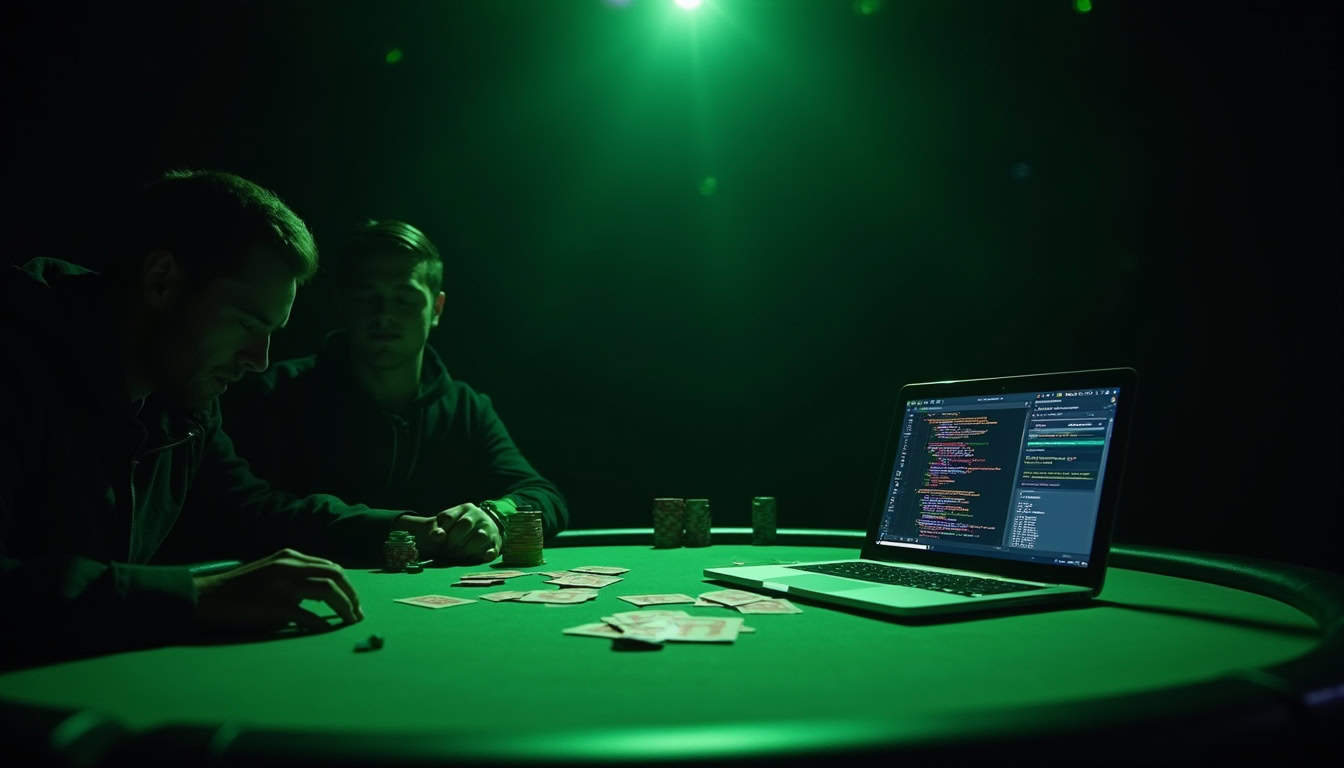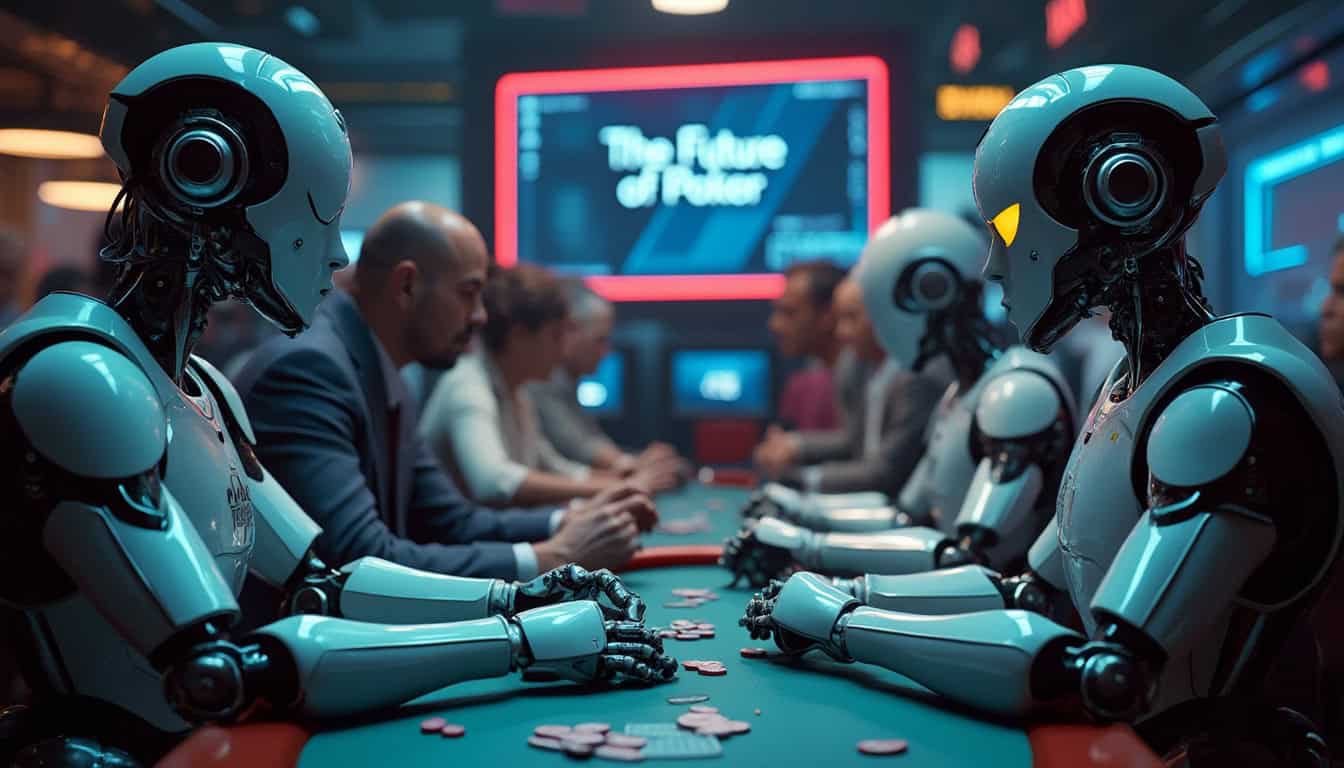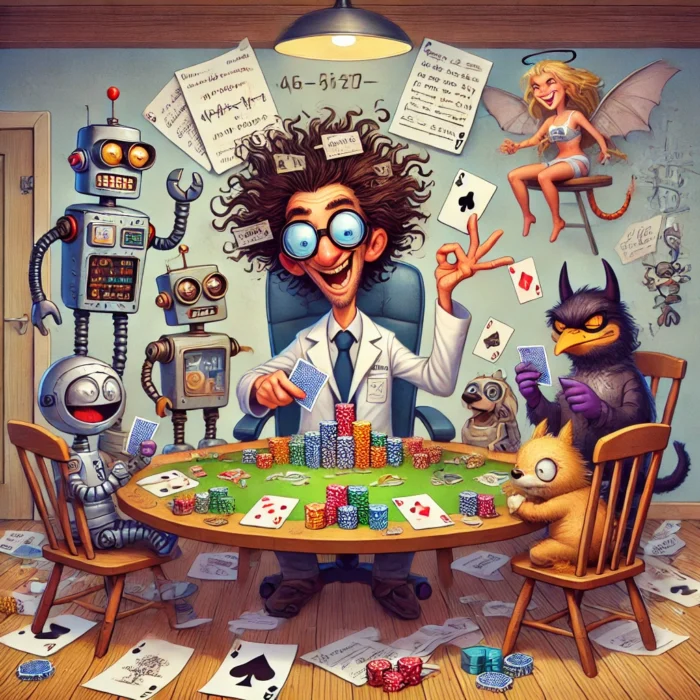
As someone who’s spent the last decade developing poker AI, I’ve thought a lot about the game’s future. The poker world is at a turning point. Algorithms and machine learning models are slowly replacing traditional mind games. These models never blink, sweat, or forget. How did this happen, and where will poker go with artificial intelligence as a sparring partner?
Well, when I first approached poker AI, it wasn’t entirely obvious that AI was supposed to match human intuition in the game. Poker is a weird game. Nothing like chess, where everything is viewable—in poker you have cards hidden, bluffs, and instinct—a lot beyond the reach of an algorithm. But as a mathematician, I thought that even the chaotic aspect of poker should be reduced to probabilities.
They were predictable and rigid in the early days of poker bots. Such models went by the book, did not adapt to different strategies, and could be beaten by anyone with basic knowledge of poker. And then something happened: bots learned. Machine learning endowed them with the ability to devise a strategy for playing poker. They began training millions and millions of hands, studying human mistakes, and proceeding to win hands gradually.
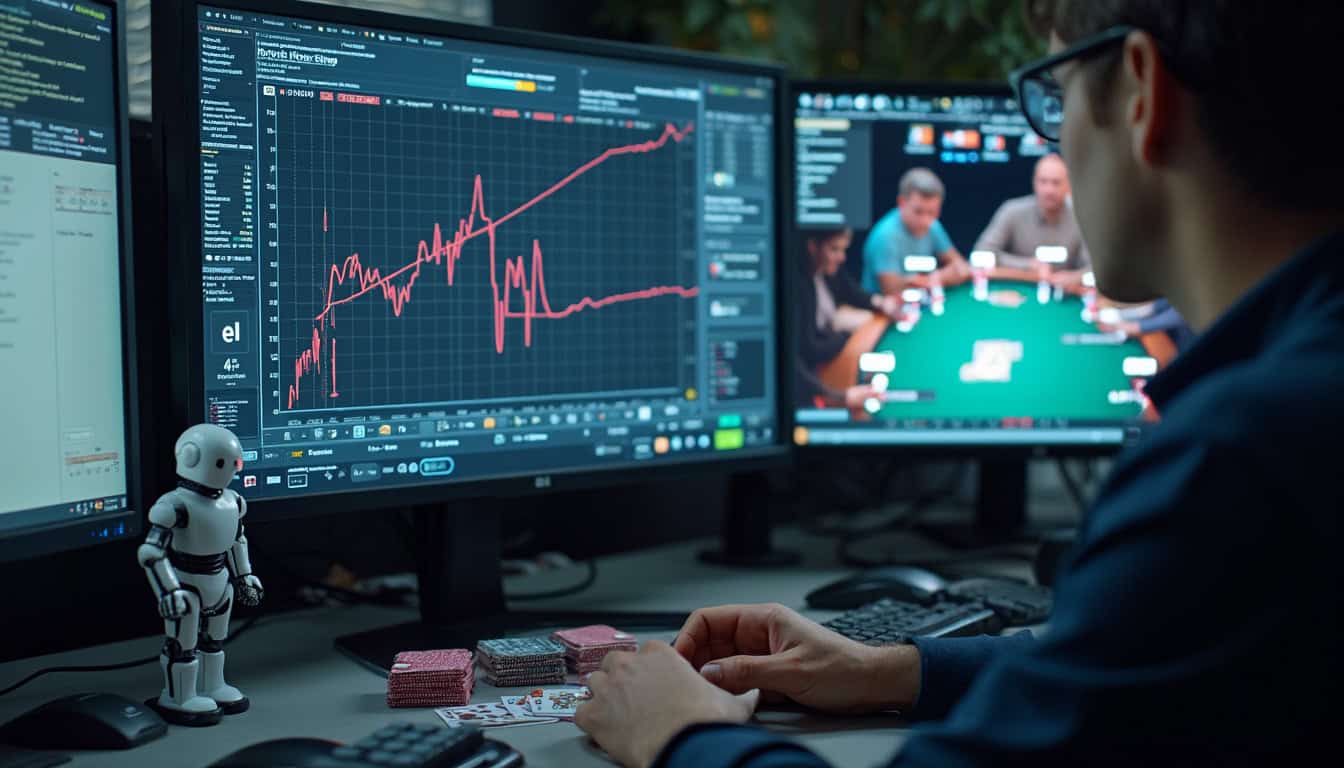
The Rise of Uncertainty
That development naturally raised the eyebrows of poker pros. They could do what was thought of as impossible: they would bluff, balance aggression with caution, and read opponents the way people do. At first it felt a little unfair, like giving the calculator during the math exam. But then again, poker is all about finding an edge.
In this, the advantage of Poker AI lied not in faster computations but in being unpredictable. The best poker AI does not always do the statistically obvious move. Sometimes, it bluffs where it statistically should not. It may call when it should fold or raise with a weak hand. This kind of unpredictability, much like in human play, became a weapon. A predictable bot is easy to beat; beating a bot that can adapt and surprise with its bluffs is another challenge altogether.
Designing a bot that can bluff like a human isn’t easy. Machine learning has enabled us to give AI some of the “instincts” that humans rely on. It is not magic; it is just advanced pattern recognition. However, facing such a bot feels like magic or even witchcraft, depending on your chip count.
For many people, poker bots are just cheat sheets. They never get tired, lose concentration, or miss a card. For me, it’s not cheating; it’s just another tool available, just like a sharp mind or a good bluff.
Although these are advanced technological gadgets, the concept does fall into poker’s rich history of outsmarting opponents. Or so it would appear from an existential viewpoint: Is this the end of human players? Will poker turn into some bot-against-bot game instead of player against player? Poker is not about cards and mathematics; it is tension, psychology, and human drama. No AI robot in the world can replace the experience of staring your opponent down, heart pounding, trying to guess whether he’s bluffing.
The Role of AI in Modern Poker
While bots might succeed in online poker, live games that much more depend on emotive gameplay still favor humans. At least for now. There are even a few pros offered by Poker AI. Many people use an AI instrument for analysis and spotting mistakes and thus learn faster. AI is not about bot versus human; it’s bringing the game to another level.
What’s next, I wonder, for poker? Say, will AI be able to outplay the best humans in live tournaments? Are we going to reach a day where only bots play poker? Probably. Until then, I’ll keep playing and developing, searching for that perfect approach: either through human intuition or through some finely tuned algorithm. But in poker, you play the hand you’re dealt; for now, AI is just one card in that deck.

